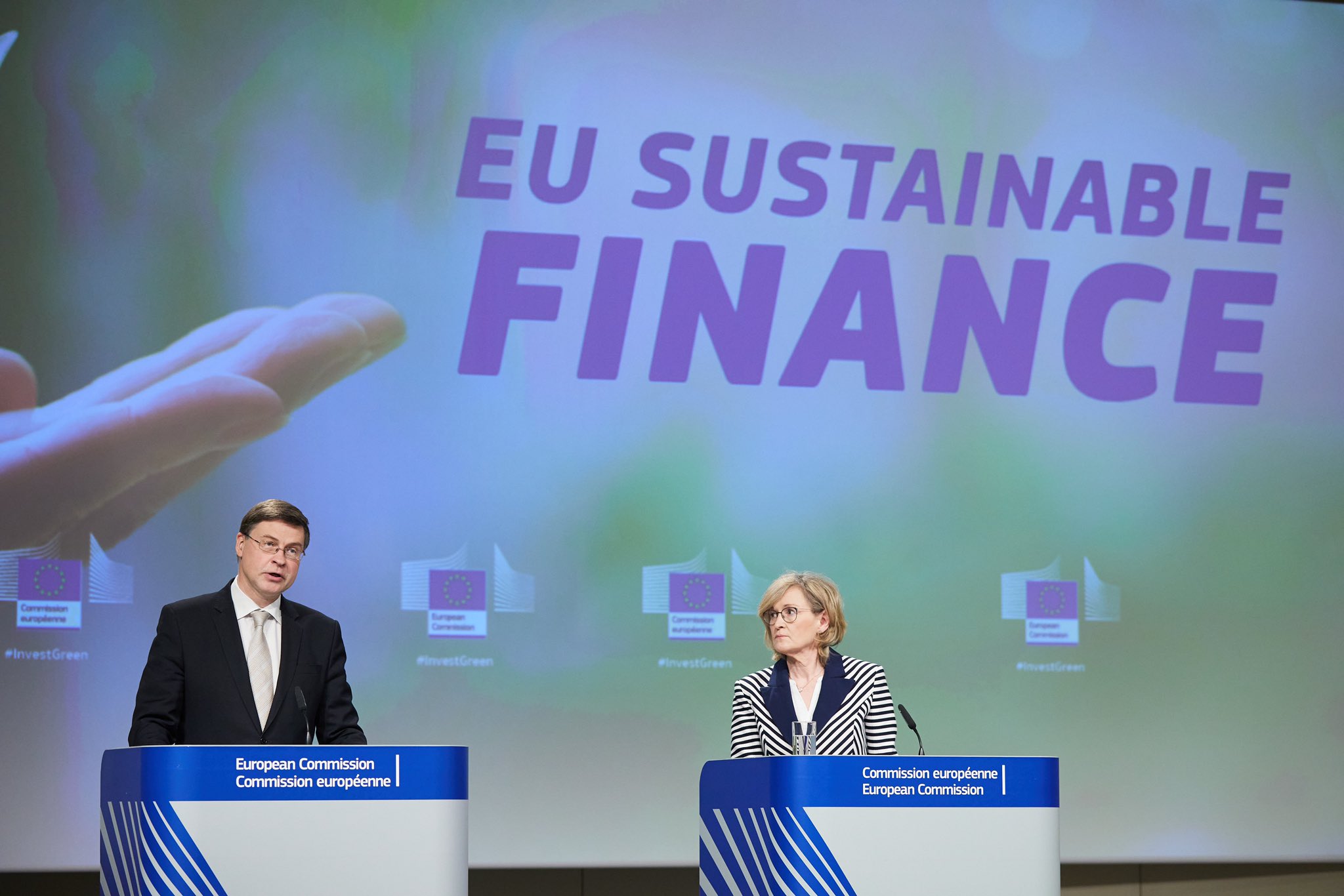
Sustainable Finance: What’s the Deal for the Industry?
For several years already, the European Commission has been working to bring the financial institutions and investors into line with the EU’s climate goals. With the European Green Deal, the European Commission has set an ambition to make Europe’s economy the most sustainable in the world. Sustainable finance is supporting the Green Deal in channeling investments into the green transition towards a climate-neutral economy. Well-aware about the problem of so-called greenwashing of investments, the Commission is proposing to set climate change targets for banks. Private investments will play a major role in achieving the ambitious EU emission reduction targets. For instance, it is estimated that in the energy systems alone, an additional EUR 350 billion investment per year is needed in the coming years in order to meet the EU’s 2030 targets. Other EUR 130 billion is needed for other environmental goals.
The most recent policy documents talk about “financing transition to a sustainable economy”, stating that “the global context has changed’ since 2018 when it published its first action plan, and more action is needed now.
In the coming years, the Commission will focus the attention on several key areas.
First, the most important element of the new sustainable finance architecture is the EU Taxonomy – a classification system which defines what economic activities can be regarded as a sustainable investment. Of course, such decisions about which projects, technologies and industrial products can obtain “green” financing implies both opportunities and risks for companies. During the intense debates between the industry and the European Commission, various stakeholders have warned the European Commission to avoid strictly top-down measures that could cause damage to the EU’s industrial sector.
The second major element of the new sustainable finance rules is a comprehensive mandatory disclosure regime for both nonfinancial and financial companies.
The third crucial element is a set of standards and labels for sustainable financial instruments that will be aimed to make the market more transparent and make it easier for investors to align their investment strategies with the EU’s climate goals.
While the European Commission hopes that the taxonomy will make green activities more visible and attractive to investors, EU member states will be asked to assess how their financial markets contribute to reaching the EU’s climate goals, covering asset managers, pension funds, banks, and insurers. A consolidated report on EU financial markets’ transition will be published by the end of 2023.
Importantly for the businesses and industries, in the first quarter of 2023 the European Commission is planning to launch an initiative aiming to make environmental, social and governance (ESG) ratings of companies more reliable and comparable. The EU will also consider options to broaden out its taxonomy to cater better for investments in companies moving to a more sustainable footing.
It is clear that the coming months and years will bring a major overhaul of the EU’s financial sector, making it much more focused on the sustainability agenda. For the companies it means that the messages and requests for financing when reaching out to the financial institutions will need to integrate the sustainability aspects. This is where the SEAM program will make a real difference for its members by providing a very useful toolbox how to measure the company’s sustainability efforts and achievements. With the SEAM program, the European abrasive manufacturers can be confident that they will find a common language with the financial sector when talking about sustainability.